Why Doesn’t My Dog WANT to Walk? (Fixes)
It’s a common problem for dog owners. You want to take your furry friend out for a walk, but they’re just not interested. Maybe they sit down and refuse to move, or they keep trying to turn around and head back home.
So, what gives? Why doesn’t your dog want to go on walks? And more importantly, what can you do about it?
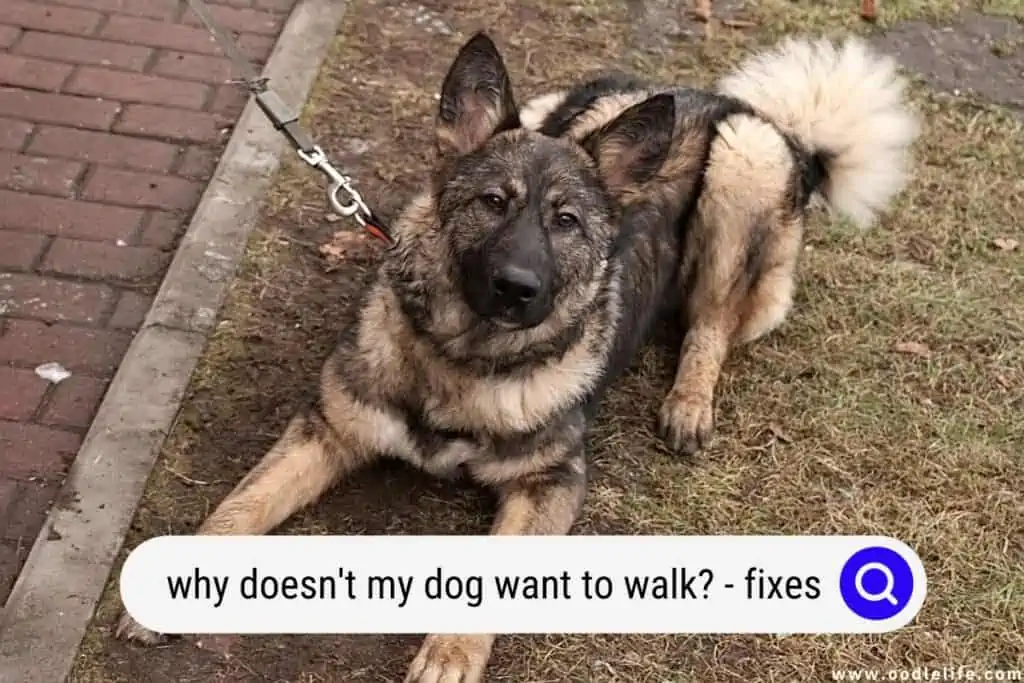
Here are the main reasons your dog doesn’t want to walk:
Not Enough Leash Training
Walking your dog should be a joyous experience for both of you, but if your dog seems to hate it, there’s a good chance that the problem lies with you and not them. In particular, if you haven’t put in enough leash training, that’s likely the root of the issue. Keep reading to learn more about why leash training is so important and how you can make it fun for both you and your furry friend.
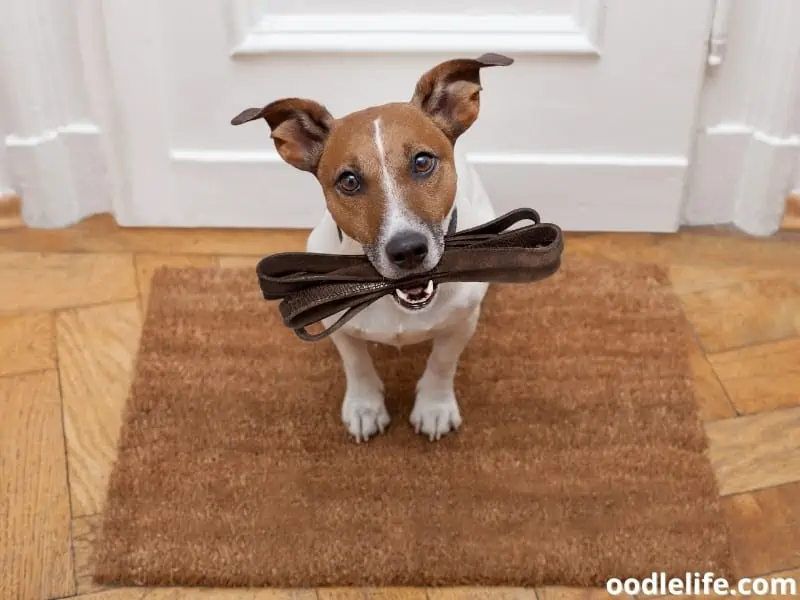
The Benefits of Leash Training
Leash training isn’t just about teaching your dog to walk calmly by your side; it’s also an important safety measure. A well-trained dog is less likely to dart into traffic or run off after a squirrel, both of which could have disastrous consequences.
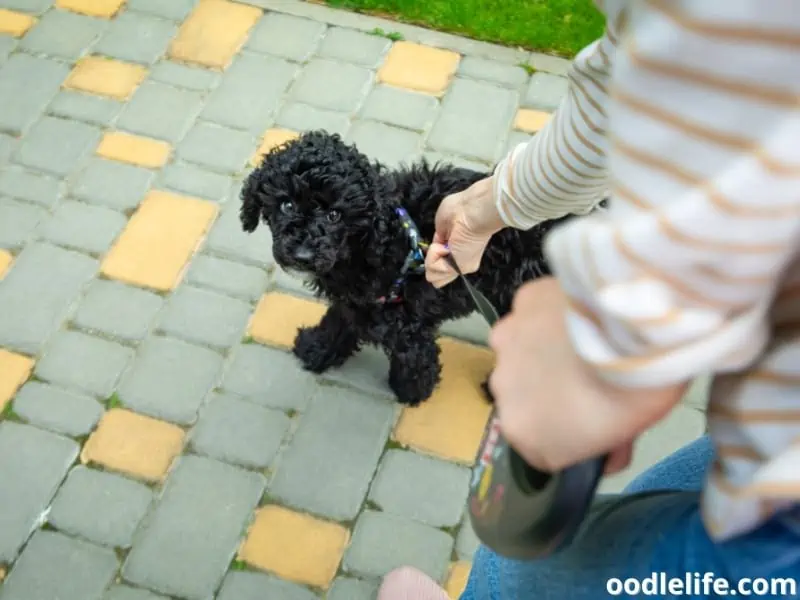
In addition, leash training can help socialize your dog. If you live in an urban area, chances are you’ll encounter other dogs on your walks. If your dog isn’t used to being around other dogs, they may react badly and start a fight.
Leash training will help them learn how to act around other dogs so that they’re more likely to make friends than enemies.
Finally, leash training is essential if you ever plan on taking your dog hiking or camping. Dogs that are used to walking on a leash are much easier to control in unfamiliar environments than those that aren’t, making hikes and camping trips much more enjoyable for everyone involved.
Solution
Now that you know why leash training is so necessary, it’s time to get started! The good news is that leash training is relatively easy, and it’s something that you can do at home with just a few supplies. All you’ll need is a collar or harness, a 6-foot leash, some treats, and lots of patience.
Before you begin, it’s important to get your dog acclimated to their collar or harness. Put it on them and let them wear it around the house for short periods of time so that they get used to the feel of it.
Once they’re comfortable wearing it, it’s time to start working on basic obedience commands such as sit, stay, come, down, and heel. As always, positive reinforcement in the form of treats is key—the more excited they are about the treats, the more willing they’ll be to listen to you.
Once your dog has mastered basic obedience commands, you can start working on leash walking. Begin by attaching their leash to their collar or harness and letting them walk around the house with you following behind them—no pulling allowed!
If they start pulling ahead of you, stop where you’re at and have them sit until they’ve calmed down before continuing. It may take some time (and lots of treats), but eventually, they’ll get the hang of it.
Medical Reasons
It’s a beautiful day outside, and you’re ready to take your furry friend for a walk. But when you go to put their leash on, they back away and refuse to budge. What gives?
There could be a medical reason why your dog doesn’t want to walk. Let’s take a look at some of the possibilities:
Arthritis
One of the most common medical reasons why your dog might not want to walk is arthritis. Just like humans, dogs can suffer from this degenerative joint disease. Signs that your dog might have arthritis include stiffness, limping, and reluctance to move around.
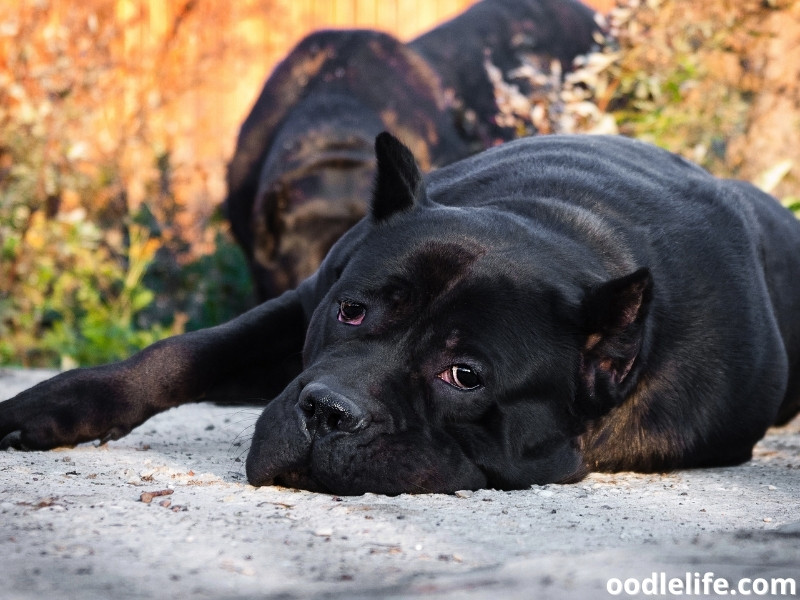
If you think your dog might have arthritis, make an appointment with your veterinarian so they can diagnose the problem and prescribe the appropriate treatment.
Hip Dysplasia
Another medical reason why your dog may not want to walk is hip dysplasia. This is a condition where the joint in the hip doesn’t fit together correctly, which can lead to pain and limping. Dogs who are born with hip dysplasia may start showing signs of the condition at an early age, while others may not show any symptoms until they’re older.
If you think your dog may have hip dysplasia, it’s best to see your veterinarian so they can diagnose the problem and recommend a course of treatment.
Muscle Soreness
Just like humans, dogs can experience muscle soreness after exercise. So if your dog has been particularly active lately or hasn’t been getting as much exercise, as usual, this could be why they don’t want to walk.
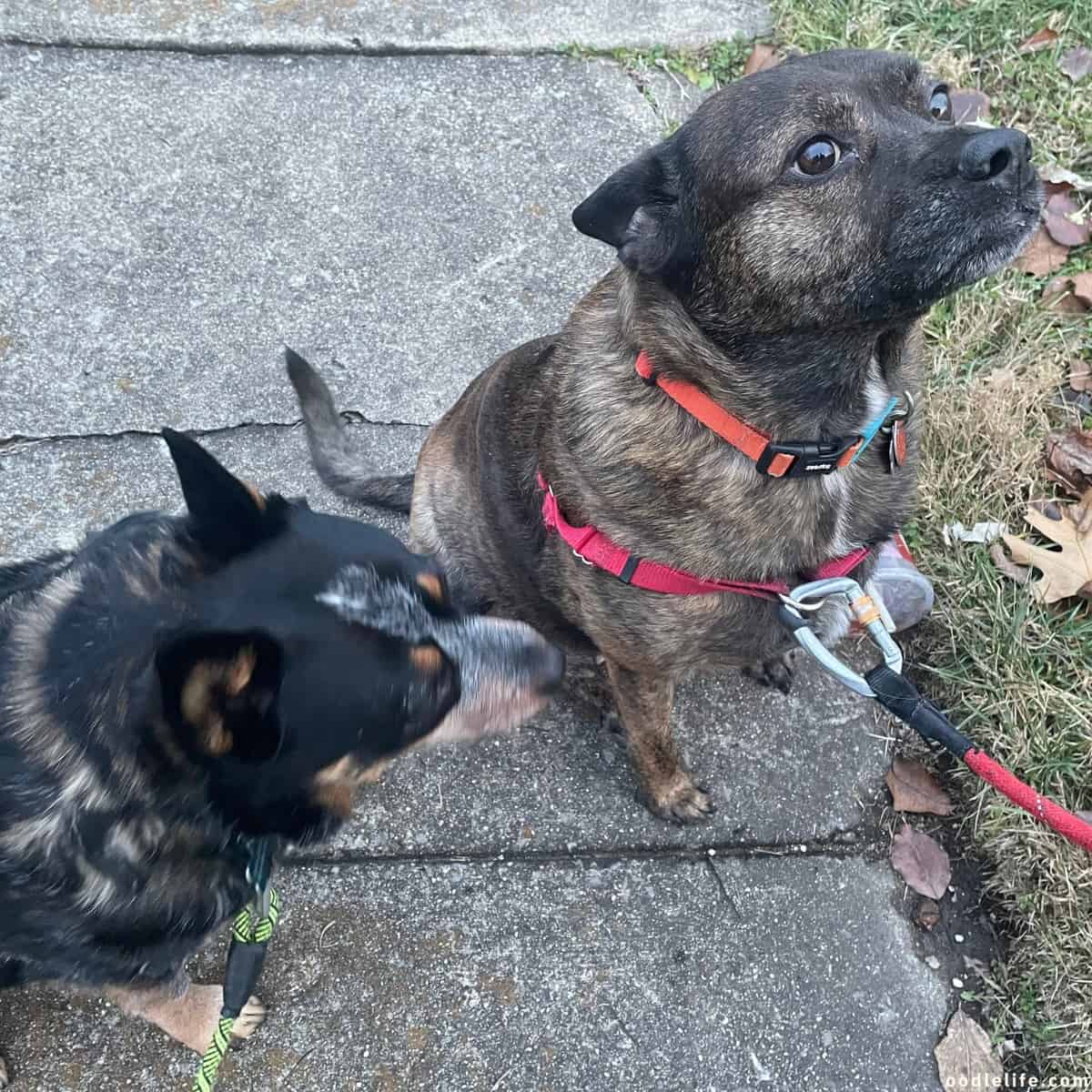
The good news is that this is usually just a temporary issue that will resolve itself once your dog gets back into their regular exercise routine. In the meantime, you can try massaging their muscles or give them a warm bath to help ease their soreness.
Solution
There are several medical reasons why your dog might not want to walk. If you think your dog may be experiencing pain due to arthritis or hip dysplasia, make an appointment with your veterinarian so they can diagnose the problem and recommend a course of treatment.
If your dog is just experiencing muscle soreness, try massaging their muscles or giving them a warm bath to help ease their discomfort. In most cases, these issues are only temporary and will resolve themselves once your dog gets back into their regular exercise routine.
Fear of Something
Walking your dog should be a peaceful and calming experience for both of you, but sometimes our canine friends can seem a little hesitant to put one paw in front of the other.

If your dog seems scared to walk, it could be because they’re afraid of something. So let’s take a look at a few of the things that might be causing your dog’s fear and what you can do to help them overcome it.
Fear of the Unknown
One reason your dog may be scared to walk is that they’re fearful of the unknown. If they’ve never been on a particular route before or if there are lots of new sights, sounds, and smells, it’s only natural for them to be a little apprehensive.
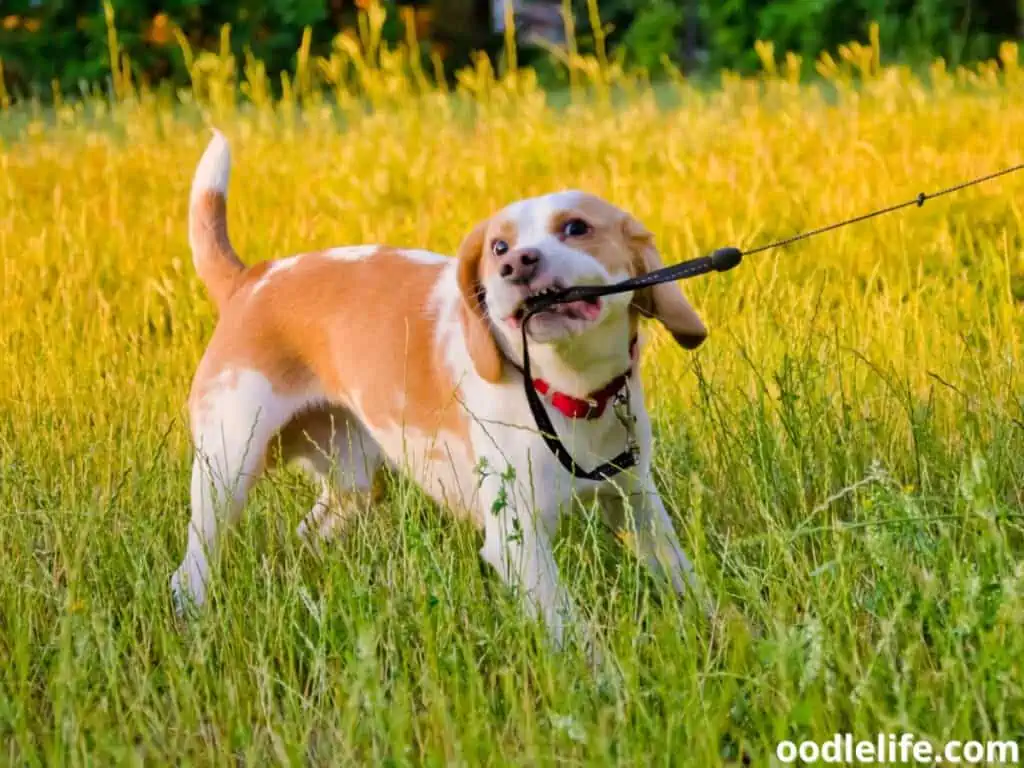
The best way to help your dog get over this fear is to start small and gradually increase the length and difficulty of your walks. For example, if you usually take a 30-minute walk around the block, try starting with a 10-minute walk down one street and then work your way up.
With a little patience, your dog will become more confident and comfortable walking in new areas.
Fear of Other Dogs
Another common reason dogs are scared to walk is that they’re afraid of other dogs. This can be due to a number of things, such as not socializing enough as a puppy, having had a bad experience with another dog in the past, or simply being shy by nature.
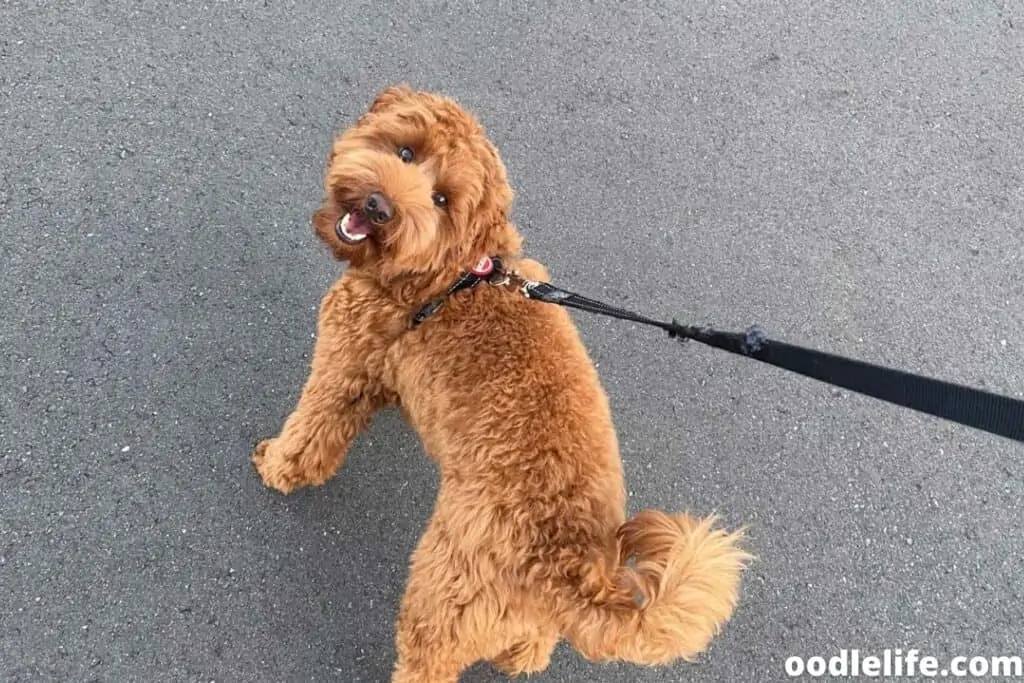
If your dog is scared of other dogs while out on walks, there are still a lot of things you can try to help them feel more comfortable. One option is to find quiet walking trails or paths where you’re less likely to encounter other pets.
You can also try desensitization training, which involves slowly exposing your dog to other dogs in controlled settings until they become used to their presence.
Solution
There are many reasons why your dog might seem scared to walk, but fortunately, there are just as many things you can do to help them overcome their fear. By taking things slowly and being patient, you can help your furry friend become more confident and comfortable walking in new environments.
If socialization is an issue, desensitization training may be necessary. Above all, remember to consult with your veterinarian if you have any concerns about your pet’s behavior.
Too Much Activity or Exercise
If you’ve ever tried to take your dog for a walk only to have them sit down and refuse to move, you’re probably wondering what’s going on. After all, dogs are supposed to love walks, right?

Well, it turns out there might be a perfectly good explanation for why your furry friend doesn’t seem to want to walk anymore. It could be that they’ve simply had too much exercise.
Dogs, like people, need a balance of activity and rest. If they are constantly on the go, they can become just as tired as we do. And when they’re tired, the last thing they want to do is go for a walk.
So, just like you wouldn’t want to go for a run if you were already tired, your dog doesn’t want to walk if they’re exhausted.
If you’ve noticed that your dog is no longer as enthusiastic about walks as they used to be, it’s important to take a step back and assess their activity level overall. Are they still getting enough playtime? Are they being taken on long walks frequently?
If so, it might be time to cut back a bit so that they can have more time to rest. That way, when you do take them for a walk, they’ll be more likely to enjoy it instead of seeing it as just another chore.
Solution
If your dog doesn’t seem to want to walk with you anymore, it could be because they’re just too tired. Dogs need a balance of exercise and rest just like we do, so if they’ve been getting too much activity lately, it’s important to cut back a bit so that they can have some time to relax. Once you’ve done that, chances are good that your dog will be back to enjoying walks in no time!
Takeaway
There are a number of possible explanations if your dog suddenly doesn’t seem interested in walks anymore. In some cases, it might be something simple like not enough leash training or too much activity. Or it could be a more serious issue like fear or a medical condition.
If you’re unsure what the problem is, it’s always best to consult with your veterinarian for guidance. With a little patience and understanding, you should be able to get your furry friend back on track in no time!